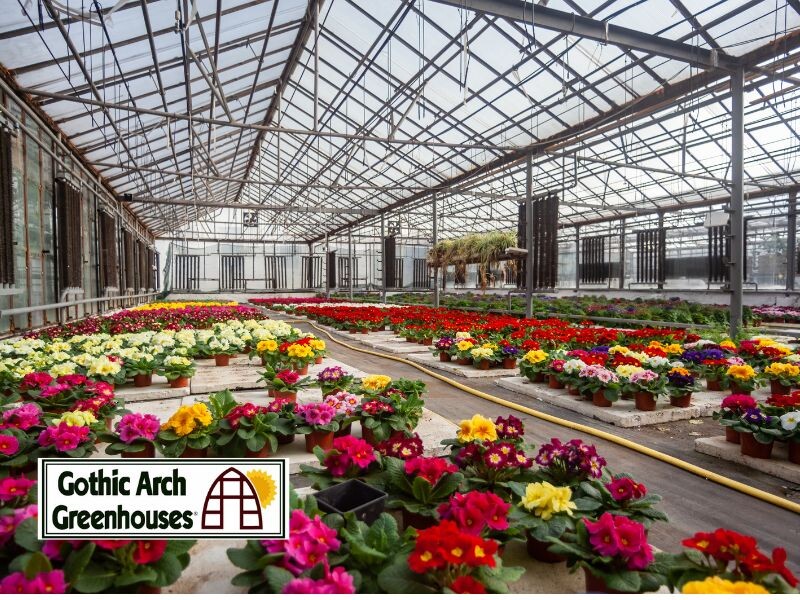
Ensuring proper ventilation in your greenhouse is one of the most important concerns you’ll have since adequate and uniform air circulation is crucial to the success of your plants.
Ventilation is a primary concern because without it the greenhouse can quickly become anoven in which no plant can survive.
When a greenhouse is properly ventilated, temperature, humidity, carbon dioxide and oxygen in the environment are consistent. That not only creates space for plants to flourish, but also air circulation can help in the pollination of plants, such as vegetables and ornamental plants, that are pollinated through the wind.
Fortunately, multiple ventilation supplies are available to help greenhouse owners manage their growing climates and extend their gardening seasons.
Here are some of the most common options and how they work:
Vents: These are the most common form of ventilation, and their placement can effectively and naturally draw air throughout the greenhouse. Placement of the vents in the roof pulls warm, moist air up and out, leaving cooler air at floor level. Opting for natural ventilation helps reduce energy costs, as fan ventilation can use an estimated 0.5 to 1 kilowatt hour per square foot per year. Taller structures are best suited for roof ventilation; lower-profile greenhouses will require forced cooling to get the same results.
Exhaust Fans and Shutters: Placed on opposite ends of the greenhouse, these two components work together to force outside air into the building. Exhaust fans create the pressure difference and cause air to flow. Fresh air comes through shutters placed at the opposite end, and the fans work to distribute it evenly throughout. As the air travels through the greenhouse is absorbs heat and is warmed gradually. Then as the fans exhaust the heated air, a slight vacuum is created, which draws in cooler outside air through louvers, open doors and cracks.
Circulation Fans: One of the most important accessories for a greenhouse, circulation fans are often used to move air throughout passively ventilated structures where venting is minimal. Aside from improving ventilation, circulation fans have multiple benefits. They help promote healthy plant growth by preventing stagnant air, which can cause fungus and disease to develop. Because they keep the air moving, there are no “hot” or “cold” spots; the temperature is uniform. They do carry an ongoing operational cost, and they should be cleaned and maintained to ensure they are properly functioning.
Evaporative Coolers: A powerful, compact and affordable ventilation option, evaporative coolers use the process of evaporating water to convert hot air into cooler temperatures. They work as outside air passes over water-saturated pads at one end of the greenhouse, which causes water to evaporate. Open windows and vents at the opposite end draw air in and let warm air escape. The temperature drops as the water evaporates and energy is lost from the air. This system works best in dry climates, but is a viable option for humid, tropical climates as well.
Greenhouse ventilation is important! If you have questions about what solution you should choose, call us today toll-free at 1-800-531-4769 to talk with one of our representatives or visit our website at www.GothicArchGreenhouses.com to learn more.
